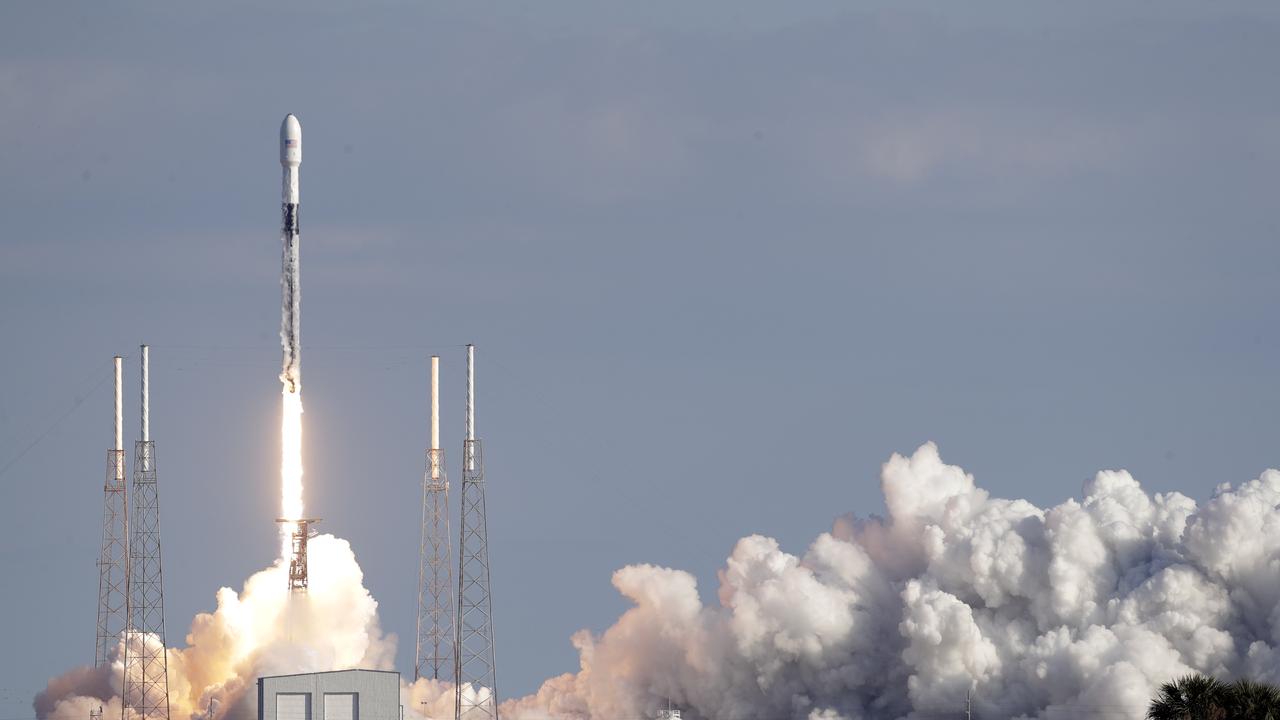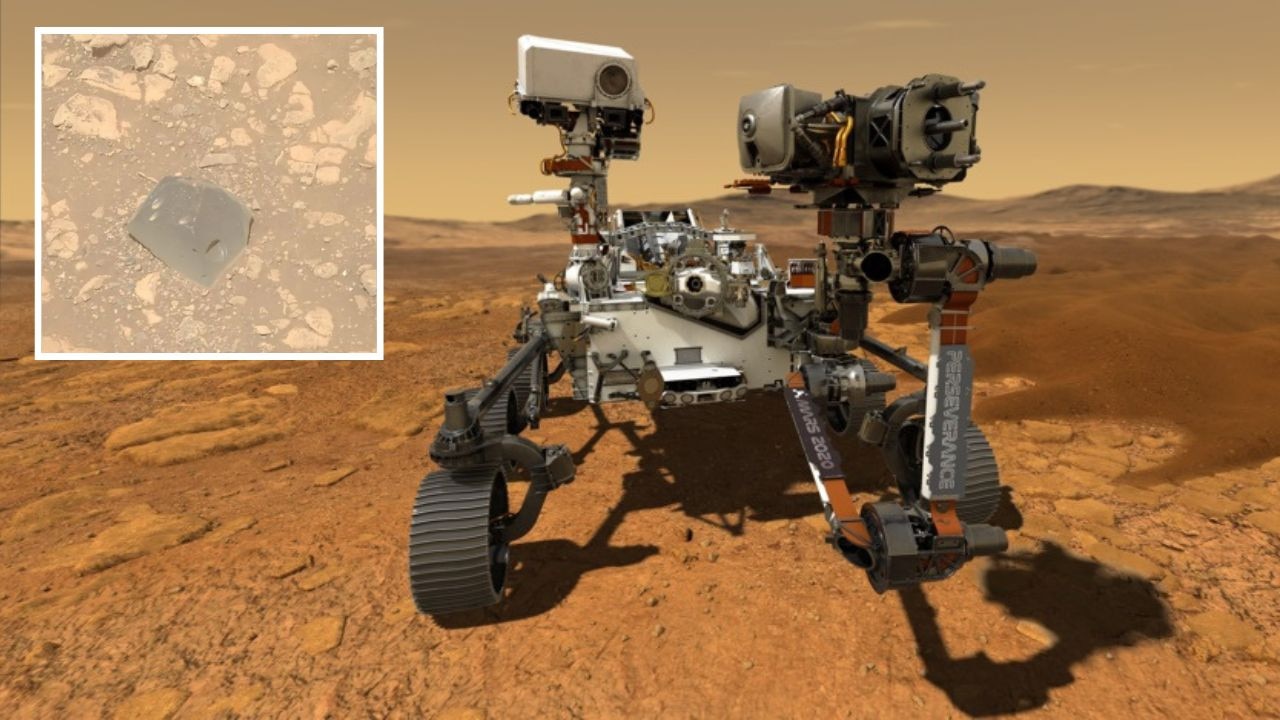Elon Musk’s Starlink plan approved for Australia
An ambitious plan from a well-known tech maverick is one step closer to reality after receiving approval by Australian regulators.

Elon Musk’s bold plan to send hundreds of satellites into space to deliver internet connections all over the globe has cleared another hurdle after being approved by the Australian Communications and Media Authority (ACMA).
Musk’s SpaceX company, which is also working on space tourism, plans to create a constellation of satellites around the Earth to deliver broadband internet services.

RELATED: Dead satellites on a collision course
The company reckons the ambitious Starlink plan will cost $US10 billion or more to complete.
How they’re managing to deliver internet worldwide for about a fifth of the cost of a national broadband network (NBN) that will only service Australia is anyone’s guess.
If the Starlink plan does go ahead as envisioned, Musk reckons speeds of up to 1Gbps (gigabits per second) could be possible.
To put it in perspective, that’s 10 times the maximum consumer offering of 100Mbps (megabits per second) on the NBN, 20 times the one used by the majority of NBN customers, and 40 times the maximum available to NBN customers already on satellite connections.
The NBN currently uses two geostationary (meaning they orbit at the same rate as the Earth) SkyMuster satellites to deliver internet in places where fixed line connections aren’t viable.
This is usually the regional and rural areas the scheme was intended to deliver the same internet quality as metro areas to.
If you’re in one of those areas and you’ve actually managed to get this page to load you’ll know what kind of problems come along with that.
While fixed line connections can download at up to 100Mbps, satellite connections are limited to a maximum of 25Mbps down and 5Mbps up.
This is mainly because the satellites need to be far enough in space (35,786 kilometres to be precise) that they stay in orbit above the area they’re supposed to communicate with.
The huge distance means the speeds aren't as fast, and the latency is also much longer (the milliseconds of delay between sending an instruction and it happening, which becomes important for things like online gaming).

Under Starlink’s plan, the hundreds of satellites wouldn’t need to be geostationary because there are so many of them that one will be in orbit near you, meaning they could be much closer to the ground
The satellites will instead be in low-Earth orbit (an Earth centred orbit less than 2000 kilometres off the ground).
The Starlink satellites, will orbit between 337 kilometres and 1142 kilometres from the ground, making them able to communicate much faster than other satellites much further away.
Musk has previously demonstrated the technology does work by using one of the satellites to send a tweet last year.
Sending this tweet through space via Starlink satellite 🛰
— Elon Musk (@elonmusk) October 22, 2019
Musk has also tweeted to say the base terminal you’d have at your house to receive signals wouldn’t be as complex to install as the satellite dishes the NBN will bolt on the side of your house.
He described it as a flat, circular dish on a stick that would self-adjust to the optimal angle once installed to communicate with satellites.
SpaceX has already begun sending these satellites into space, but requires approval to have those satellites communicate with the base stations on the ground.
But Starlink won’t be without competition if it does end up operating in Australia, as companies Kepler Communications and Swarm Technologies have also been added to the list of foreign entities allowed to use satellites to communicate on frequencies in Australia’s airspace.
The NBN has also indicated it might consider a similar constellation approach when the current satellites are replaced in five years.

ACMA regulates spectrum used by mobile network operators, radio stations and satellite operators to communicate over the airwaves.
While ACMA has given the tick of approval, not everyone is happy.
In submissions to the Authority, Foxtel raised concerns the lower orbit satellites communicating in the same frequency band as its satellite further in space could cause interference.
“This is a crucial link in our product delivery chain, and the consequences of interference, outages or degradations of margin are at the highest end of the spectrum of consequences for a business such as Foxtel,” the company’s manager of policy and regulatory affairs Holly Brimble said in the submission.
“We hold very high levels of concern regarding the interference potential.”
She added that protecting existing satellites further in space “must be a priority for ACMA going forward” and said Foxtel wants to be part of future liaison groups regarding the licensing of the closer satellite constellations.
Foxtel is owned by News Corp, which is also the publisher of this website.
Adelaide-based satellite operator Myriota’s CTO David Haley also expressed a desire to be consulted before any spectrum licenses are granted, given Swarm Technologies has indicated it wants to use spectrum already used by his company.
The other four submissions from companies other than SpaceX, Swarm and Kepler, were in support, including one from the Space Industry Association of Australia (SIAA).
But it’s not just companies who are concerned.
Astronomers have complained that the Starlink satellites already in orbit are too bright and hamper their observations.
There are also concerns that sending thousands of small satellites into space will just lead to more debris in the future.



